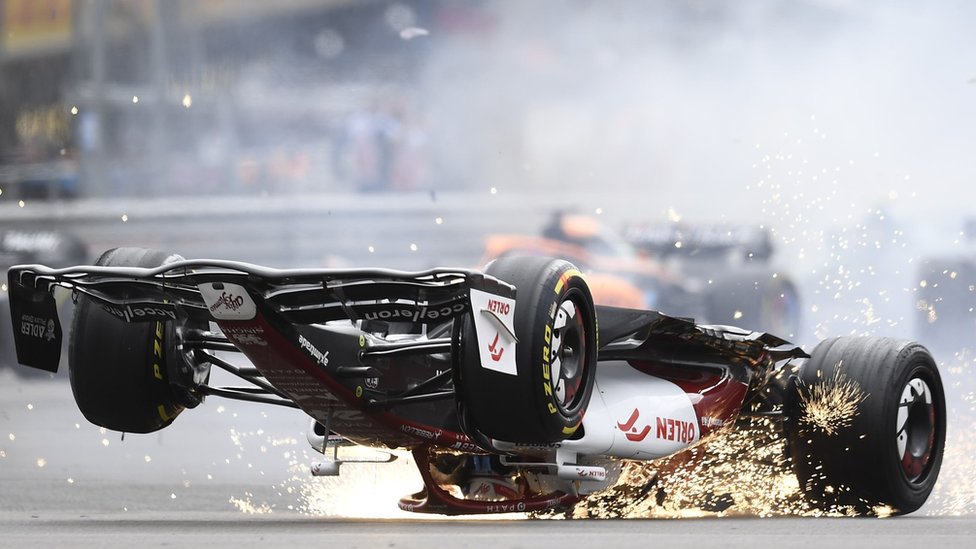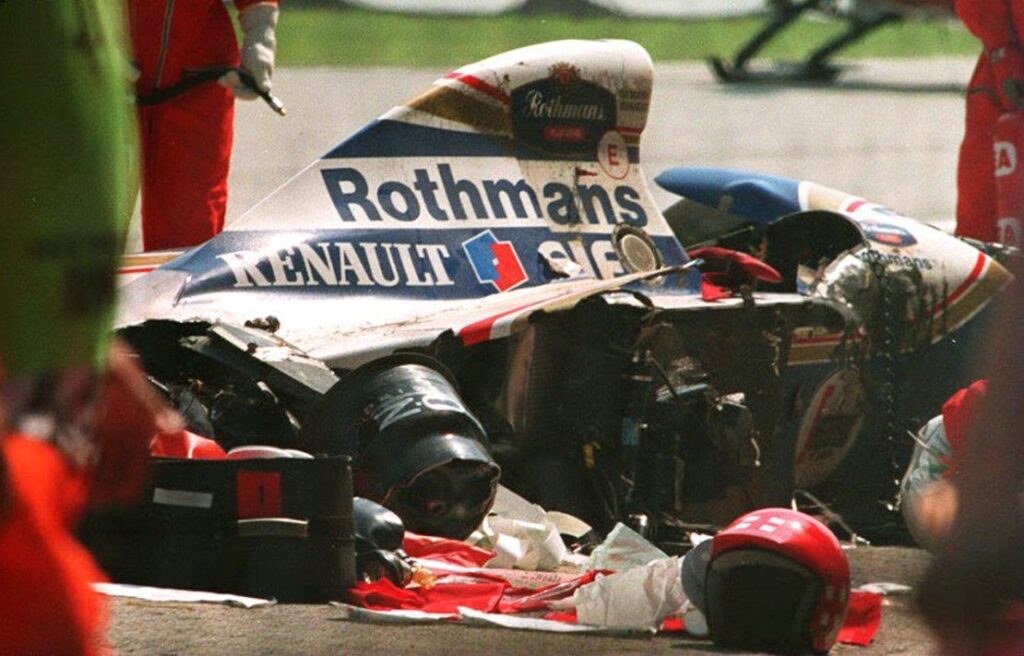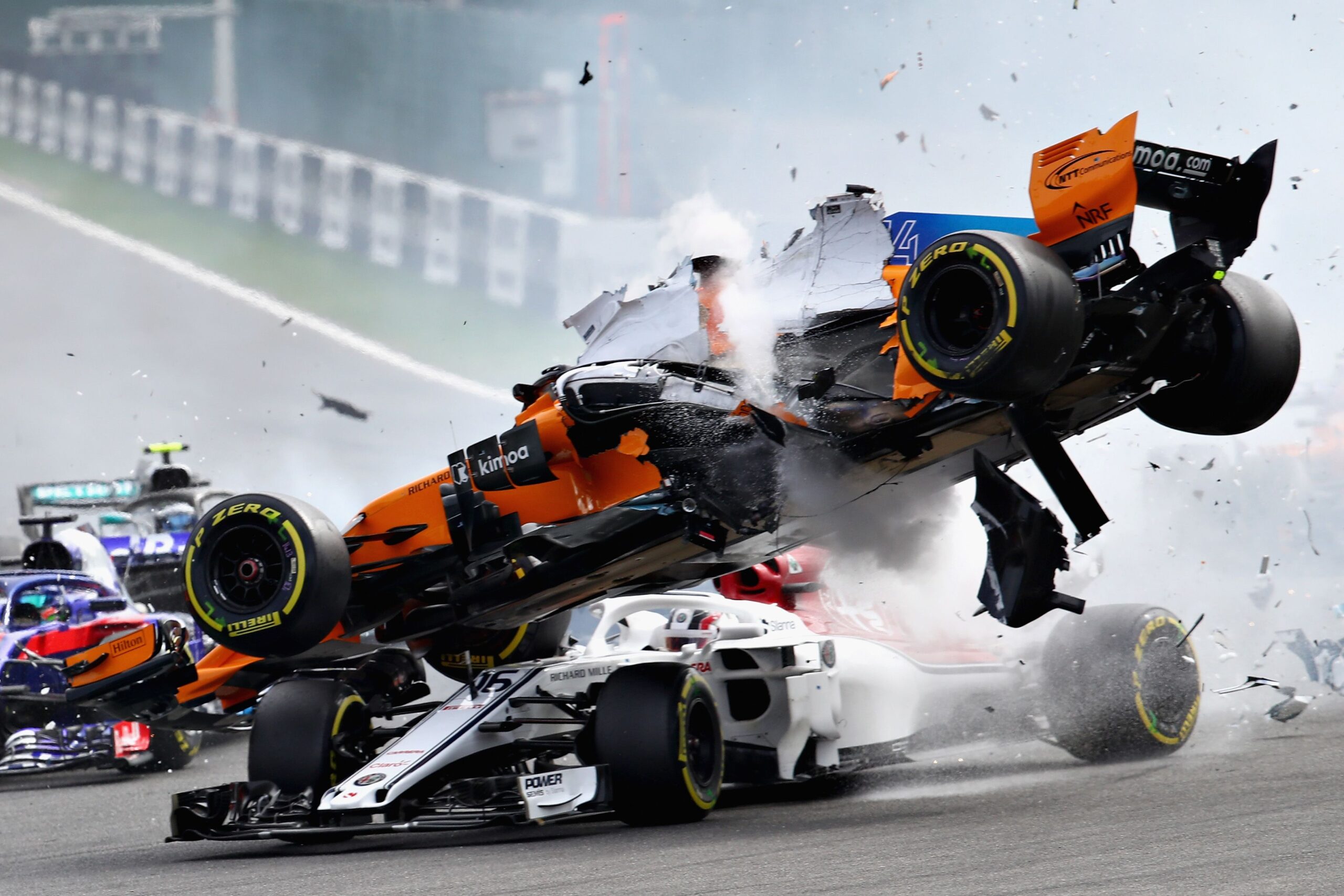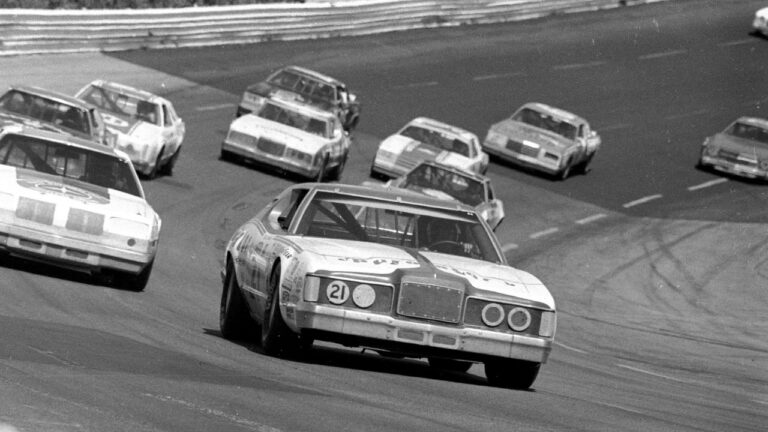How Formula 1 Became the Most Dangerous Sport: Fatalities and Its Impact on Modern Car Safety
Formula 1 (F1) is widely regarded as the pinnacle of motorsport, combining advanced technology, human skill, and raw speed in a thrilling competition. However, behind the excitement lies a stark reality: F1 is one of the most dangerous sports in the world. Since its inception in 1950, many drivers have lost their lives, pushing the limits of speed and safety. These fatalities have led to significant reforms within the sport, not only enhancing safety in racing but also contributing to modern car safety technologies.
This blog will explore the perilous history of Formula 1, examine some of the most notable fatalities, and discuss how F1 has impacted modern car safety through innovation and technology. In addition to being highly informative, this blog will be SEO-friendly, optimized for relevant keywords such as “Formula 1 fatalities,” “F1 car safety,” and “impact of F1 on modern cars.”

The Origins of Formula 1: The Pursuit of Speed
Formula 1 was formally introduced as a world championship in 1950 by the Fédération Internationale de l’Automobile (FIA). However, motor racing had been a popular sport for decades before that, with speed and spectacle being the main attractions. Early F1 cars were marvels of engineering but lacked any meaningful safety features. With primitive helmets, thin overalls, and virtually no crash barriers at most circuits, the sport was incredibly dangerous from the outset.
During the early decades, F1 cars became progressively faster due to advancements in engine technology and aerodynamics. However, safety was often considered secondary, as there was little regulation on the design of cars and tracks. The result was a string of tragic accidents that highlighted the inherent dangers of the sport.
Notable Formula 1 Fatalities
1. Ayrton Senna: A Tragic Icon
The death of Ayrton Senna during the 1994 San Marino Grand Prix is perhaps the most well-known tragedy in F1 history. Senna, a three-time world champion and one of the most talented drivers ever to grace the sport, crashed into a concrete barrier at the Imola circuit at over 135 mph. The impact caused fatal head injuries, and Senna was pronounced dead later that day.
Senna’s death shook the world of motorsport and led to widespread outrage about the safety standards in F1. In the years that followed, the FIA launched a comprehensive review of safety protocols, leading to stricter regulations, car redesigns, and safer track layouts.
Post-Senna Safety Reforms
Following Senna’s death, the FIA introduced a raft of safety measures aimed at protecting drivers and reducing the likelihood of fatal accidents. These included:
- Crash Helmets and Headrests: Enhanced helmet technology and padded headrests became mandatory to minimize head injuries in crashes.
- Stronger Cockpits: Cars were redesigned to include a more robust cockpit structure, reducing the likelihood of intrusion from debris.
- Better Barriers: New types of crash barriers, including TecPro and SAFER barriers, were introduced to better absorb the energy of high-speed impacts.
These changes had a lasting impact, not only in Formula 1 but across other motorsport categories and eventually in road cars.
2. Jules Bianchi: The Catalyst for the Halo Device
Another tragic moment in F1 occurred in 2014, when French driver Jules Bianchi lost control of his car during the Japanese Grand Prix in wet conditions and collided with a recovery vehicle. Bianchi suffered severe head injuries and remained in a coma for nine months before passing away in 2015. His death reignited discussions about cockpit safety, particularly regarding head protection.
The Halo Device
In response to Bianchi’s death, the FIA implemented the “Halo” device in 2018. The Halo is a titanium ring that surrounds the cockpit, designed to deflect debris and protect the driver’s head in the event of a crash. Initially controversial due to concerns about its aesthetics and visibility, the Halo has since proven its worth by saving multiple drivers from potentially fatal accidents, including Romain Grosjean’s fiery crash in 2020.
The Dangers of Formula 1: Understanding the Risks
The Physics of Speed and Impact
The primary danger in F1 stems from the extreme speeds at which the cars travel. Modern F1 cars can reach speeds in excess of 230 mph, making even minor accidents potentially fatal. The deceleration forces experienced during a crash can exceed 50g (50 times the force of gravity), far beyond what the human body is designed to withstand.
In addition to the physical forces, environmental factors such as weather conditions, track layout, and tire performance can also contribute to the risks. Drivers must navigate a delicate balance between pushing the limits of their car’s performance and avoiding catastrophic accidents.
Mental and Physical Stress on Drivers
F1 drivers are subjected to extreme mental and physical demands. They experience lateral G-forces during cornering, rapid acceleration, and heavy braking, often at the limit of what the human body can endure. The need for precise judgment under such conditions increases the likelihood of driver error, which can have disastrous consequences at high speeds.
The stress of competing at the highest level of motorsport, combined with the high risk of fatal accidents, makes F1 one of the most dangerous sports, not only physically but also mentally.
How F1 Has Shaped Modern Car Safety
While F1 has historically been dangerous, the pursuit of safety improvements has revolutionized not just the sport, but also the broader automotive industry. Many technologies and innovations that were originally developed for F1 have trickled down to road cars, making everyday driving safer for millions of people worldwide.
Crumple Zones: Absorbing Crash Energy
One of the most critical innovations in both F1 and road cars is the concept of crumple zones. F1 cars are designed with highly deformable structures at the front and rear that absorb impact energy in the event of a crash, protecting the driver in the cockpit. This same principle has been applied to passenger cars, which now feature crumple zones that reduce the force of a collision, protecting occupants.
The Development of Carbon Fiber
F1 cars are built using carbon fiber, a material known for its strength and lightweight properties. Carbon fiber is not only incredibly durable but also allows cars to be built with strong protective shells without adding excessive weight. Today, carbon fiber is used in many high-performance road cars, particularly in areas that require added protection, such as the car’s frame and safety cell.
Advanced Seatbelts and Harnesses
F1 drivers use six-point harnesses to secure themselves tightly in the car, ensuring they remain in place even during high-impact crashes. This technology has influenced the development of seatbelt systems in road cars, where modern seatbelts are designed to offer both comfort and safety by locking the seatbelt during a crash to keep the occupant securely in place.

Braking Systems
F1 braking systems have advanced significantly over the years, incorporating carbon-ceramic brakes that offer better stopping power and heat dissipation than conventional steel brakes. This technology has since been adapted for high-end road cars, improving braking performance and reducing the risk of accidents.
Data-Driven Safety: Telemetry and Sensors
F1 teams use advanced telemetry to monitor the car’s performance in real-time, including data on tire wear, brake temperatures, and driver health metrics such as heart rate and G-force exposure. This technology has inspired the development of driver-assist systems in modern cars, such as anti-lock braking systems (ABS), electronic stability control (ESC), and automatic emergency braking (AEB), all of which help prevent accidents.
The Economic and Social Impacts of Formula 1 Fatalities
Economic Consequences for Teams and the Sport
The financial implications of F1 fatalities are significant. F1 teams invest millions in their drivers, cars, and technology. When a fatality occurs, not only is there a profound human cost, but the economic repercussions can be substantial. Teams may face legal liabilities, financial losses from sponsors, and the emotional toll on drivers and staff.
Additionally, the governing bodies, such as the FIA, invest heavily in safety research and development to prevent future accidents. While these costs are high, they are considered essential investments to safeguard the sport’s future.
Social and Psychological Impact
The social impact of F1 fatalities extends beyond the teams and drivers. Fans who have grown attached to their favorite drivers often feel the emotional weight of a fatality. These tragedies often spark global discussions on the ethics and risks of motorsport, prompting regulatory changes.
For the motorsport community, the deaths of drivers like Ayrton Senna and Jules Bianchi have left indelible marks on the sport’s history, shaping the future of F1 in terms of safety and technology.
Formula 1: A Safer Sport Today?
Safer Tracks and Modern Safety Features
Today’s F1 tracks are designed with safety in mind. Gravel traps, run-off areas, and advanced barriers help slow cars down during crashes, reducing the risk of serious injury. Additionally, circuits must meet stringent safety standards set by the FIA, ensuring that only the safest tracks are included in the F1 calendar.
The Role of Medical Teams
Each F1 race now includes state-of-the-art medical facilities and highly trained teams ready to respond immediately to any crash. The FIA mandates the presence of medical helicopters, ensuring that drivers can be transported quickly to the nearest hospital if necessary. Medical teams also work closely with drivers to monitor their health, using advanced biometric tools to track physiological data in real time.
The Future of F1 Safety
As technology advances, F1 continues to evolve, with safety remaining a top priority. The FIA constantly reviews and updates regulations to ensure that cars, tracks, and medical teams are equipped to handle the ever-present dangers of high-speed racing.
Conclusion
Formula 1 has a storied history of danger, excitement, and innovation. While the sport has claimed the lives of many drivers, these tragedies have led to groundbreaking improvements in safety, both in F1 and in the automotive industry at large. From crumple zones and carbon fiber construction to advanced braking systems and seatbelt designs, F1 has revolutionized the way modern cars are built, making roads safer for everyone.
Today, while F1 remains inherently risky, the sport is safer than ever before. The lessons learned from decades of racing have not only protected drivers but have also influenced the design and safety features of the vehicles we drive every day.






